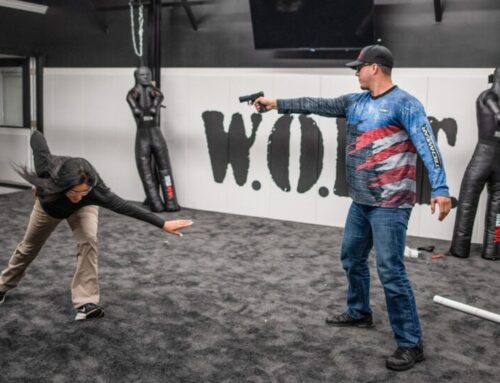For some reason not readily discernible, we gunnies will argue endlessly about the ways in which guns and ammunition can violate the laws of physics.
You know what I mean. We’ve all heard the yarns about the .45 that knocked an enemy combatant 6 feet off the ground and out of their shoes back in (fill in the blank with your conflict of choice here). While that may have happened, it wasn’t the result of physics concepts like the pure momentum of a .45 ACP 230-grain projectile.
SCIENCE RULES
What does this have to do with recoil? Wayne’s distant cousin, Isaac Newton came up with this idea that every reaction has an equal and opposite reaction. In his original words, edited for translation, that law reads:

Recoil boils down to Newton’s Law that says, in essence, a force in one direction is always opposed by a force in the opposite direction. The combination of powder, bullets, gas, the chamber and exiting the muzzle create recoil felt by the shooter.
To every action there is always opposed an equal reaction: or the mutual actions of two bodies upon each other are always equal, and directed to contrary parts.
In other words, a force in one direction is always opposed by a force in the opposite direction. If you’re sitting in a chair while reading this, your hind side is exerting a downward force on the chair seat. The chair is exerting an upward force on you. Simple enough, right?
With firearms, the same thing happens. The force of the bullet and powder moving forward is opposed by a backward force that pushes the gun towards you. Those two forces have to be equal. In gunny terms, that means that a bullet can’t have more “knockdown” momentum than what exists in recoil. Sure, it can have plenty of “destructive” power, but we’re talking raw momentum here.
Read the rest: What You Need to Know About Recoil








Leave A Comment